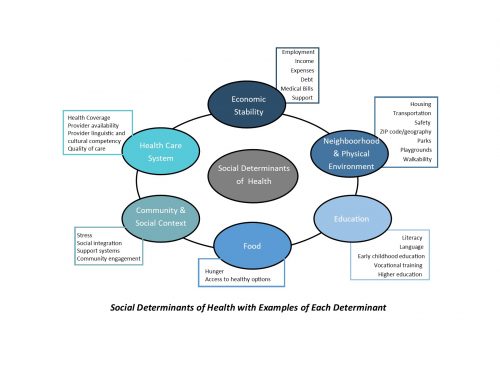CompAlliance received a letter from a petitioner’s attorney requesting we provide our rationale for utilizing the clinical practice guidelines we currently use as “the National Guideline Clearinghouse has withdrawn approval.” In addition, the “guidelines are neither dictated nor mandated in Illinois.”
To answer the second part of this attorney’s question, CompAlliance is URAC accredited. URAC promotes health care quality through accreditation, education, and measurement. URAC offers a wide range of quality benchmarking products that reflect the latest changes in health care and provide a symbol of excellence for organizations to showcase their validated commitment to quality and accountability. URAC’s evidence-based measures and standards are developed through inclusive engagement with a broad range of stakeholders (including consumers of healthcare, i.e. patients), committed to improving the quality of health care.
As part of our accreditation CompAlliance is to utilize evidence-based, and/or clinical practice guidelines when developing the case management plan with the injured worker. The URAC guidelines instruct that clinical outcomes should be benchmarked against evidence-based or clinical practical guidelines where applicable. Utilizing evidence-based measures may not be required by Illinois, however utilizing evidence-based clinical guidelines is considered a best practice in case management.
A study by Johns Hopkins states, ““The most widely adopted guideline in workers’ compensation is the Official Disability Guidelines (ODGs) maintained by the Work Loss Data Institute. These guidelines are based on a comprehensive analysis of the medical literature with preference given to high-quality, systematic reviews, meta-analyses, and clinical trials. The guidelines are available in digital form for use with medical bill and utilization review systems. These treatment guidelines were designed to ensure injured workers receive appropriate medical care, while limiting ineffective and unproven medical interventions in workers’ compensation. They are based on a combination of evidence-based analysis and workers’ compensation claims analytics. A total of 45,951 indemnity claims with two years of development filed between 2008 and 2013 were analyzed, and when all levels of medical complexity are considered, those claims in the low compliance group [per ODG] had a 13.2% increase in claim duration and a 37.9% increase in medical incurred when compared with claims in the high compliance group [per ODG]. As the medical complexity of the claim increases, so does the difference in duration and medical spend between the low and high compliance groups.”
My goal for including this study in this discussion is not to necessarily promote one set of guidelines over another. There are other guidelines that also in my opinion provide excellent information and analysis. My point is that when evidence-based guidelines are used, appropriate care is provided and claim duration decreases.
To directly answer the first question posed by this attorney, based on my research, it is true that the Work Loss Data Institute and the National Guideline Clearinghouse basically came to a mutual decision to part company in early July 2016. Because ODG continually updated their data as new research became available, the government contractor tasked with abstracting the guidelines for the National Guidelines database, could not keep up. Additionally, ODG stated their current format was appreciated by their customers and were not willing to change the format to meet NGC guidelines. NGC has gone to hosting academic guidelines, primarily posted by medical specialty societies who give the guidelines away to support their members.
My understanding is that if ODG didn’t continually update their guidelines as new research became available the NGC would have retained these guidelines. What does this say for the quality of the guidelines?

